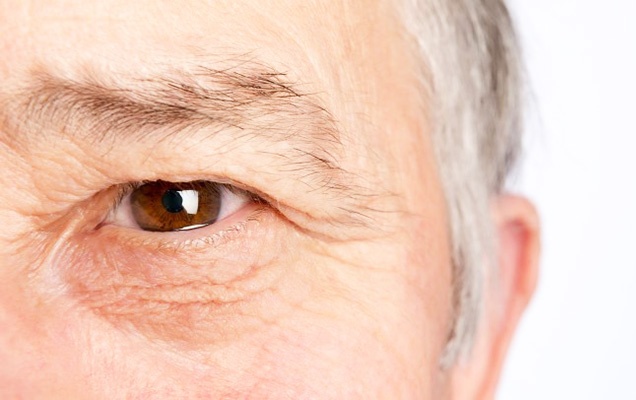According to eye specialists, age-related macular degeneration is the number one cause of severe and irreversible loss of vision in older people. Basically, it can be blamed on the degeneration of the macula, tiny central part of the retina which is composed of light-sensitive cells.
No one really knows the exact cause of age-related macular degeneration, although experts say that there are certain things that can increase a person’s chance of developing it. They are referred to as risk factors, and below you will come across those that are associated with age-related macular degeneration.
Before you proceed, it’s important to note that having one, some or all risk factors for age-related macular degeneration does not mean right away that you are bound to suffer from the said eye condition. Many individuals with these risk factors do not have age-related macular degeneration, while a lot of those who have age-related macular degeneration did not have any risk factors before being diagnosed with it.
Let’s now take a look at the risk factors for age-related macular degeneration:
Older Age
Just like what the eye condition is called, your risk of having age-related macular degeneration increases the older you get. Eye specialists say that more than 1/3 of people who are older than 75 years of age are affected by age-related macular degeneration.
Family History
Do you have an immediate family member like a parent, sibling, an aunt or uncle who is diagnosed with age-related macular degeneration? Then you are at risk of having it, too. Studies have shown that age-related macular degeneration, just like a few other eye conditions, tends to run in families.
Gender
It seems like women are at higher risk of developing age-related macular degeneration than males. Experts believe that it can be attributed to the fact that women in general tend to have longer lives, thus they have more time to develop age-related macular degeneration than men.
Eye Color
Studies have shown that age-related macular degeneration is commonly seen in people whose eye colors are light. Such is because light-colored eyes have less of the pigment melanin than dark-colored eyes. Melanin has the ability to fend off UV rays. The darker the eye color, the more UV ray-shielding melanin present.
Too Much Sun Exposure
Speaking of UV rays, another risk factor for age-related macular degeneration is too much exposure to the sun. It’s for this reason exactly why age-related macular degeneration affects a lot of older people who work outdoors. Individuals who stay under the scorching sun for pleasure are also at high risk.
Smoking
If you are a cigarette smoker, you are at risk of battling a lot of health concerns in the future. One of the problems that you may develop one day is age-related macular degeneration. That’s because smoking cigarettes can impede blood circulation to the retina where the macula is situated.
High Blood Pressure
Everyone knows that high blood pressure is considered as a risk factor for heart disease. Did you know that it’s also one of the risk factors for age-related macular degeneration? Having high blood pressure can cause damage to the blood vessels that supply the retina with much-needed oxygen and nutrients.
Being Obese
It’s no secret that being obese or overweight can come with an assortment of health complications, from diabetes to heart disease. Well, you can add age-related macular degeneration into the list. Eye specialists say that individuals who weigh more than they should are 2.5 times more likely to have age-related macular degeneration than others.
If you believe that you have age-related macular degeneration because you have some of the risk factors stated above or there’s a change in your vision, makes sure that you pay an eye doctor a visit.













